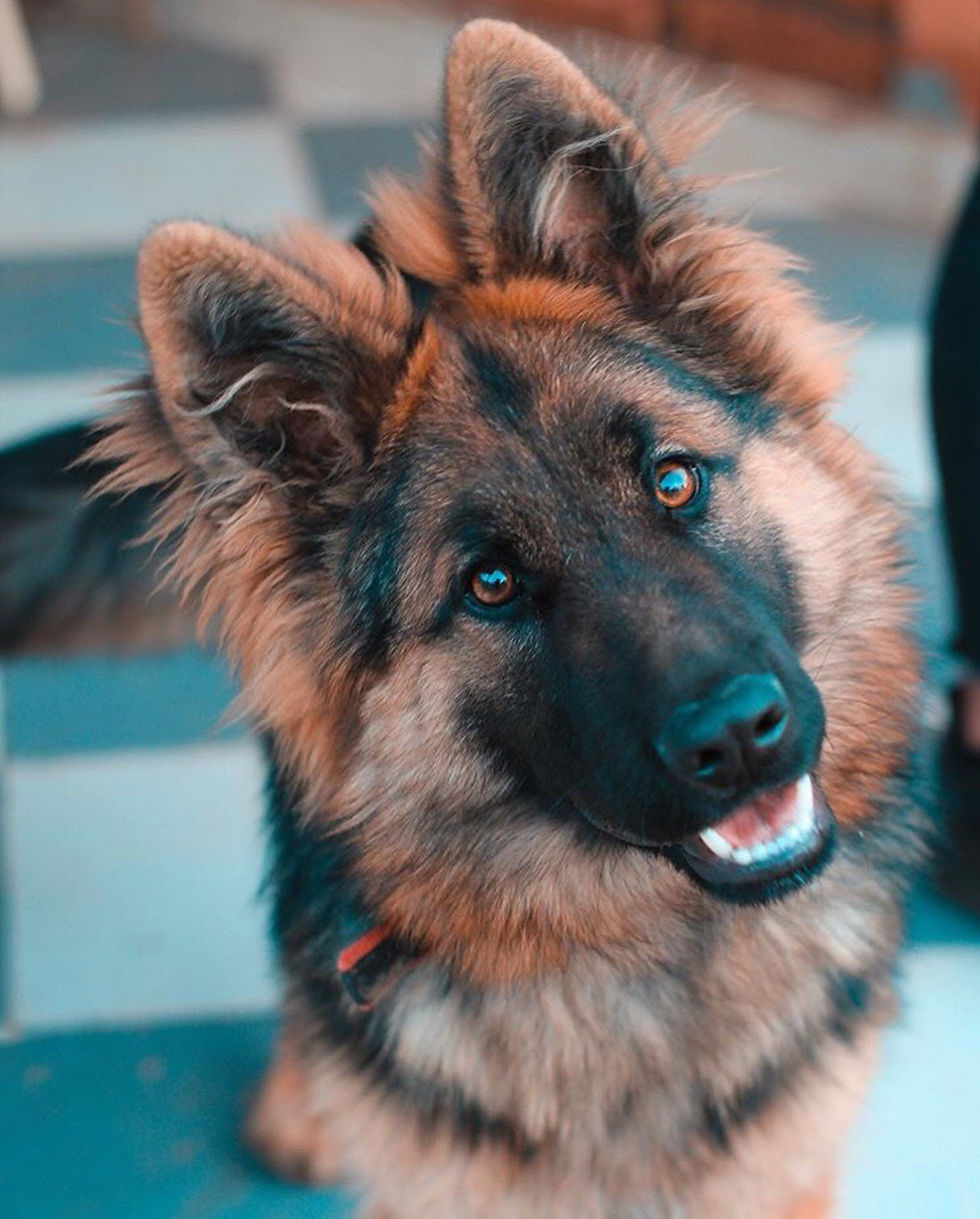Sure, Positive Reinforcement Works For Some Things, But...
- By Irith Bloom, CPDT-KSA, CBCC-KA, CDBC, CSAT, KPA CTP, VSPDT, CBATI

- Nov 18, 2020
- 3 min read
Updated: Apr 12

What if I have a large, strong dog?
Positive reinforcement training. It sounds like a fun idea for some things. I mean, sure, you can teach a dog to sit using a treat. But what if you have a big strong dog, or serious behavior issues? Then you need more forceful methods—choke chains, prong collars, maybe even a so-called “E-collar.” Right? Actually, this couldn't be further from the truth!
Positive reinforcement works for everyone!
As it turns out, you don’t have to use harsh methods if your dog is large, or strong – or even if the behavior is scary and dangerous. I regularly use pet-friendly, force-free methods with large, strong dogs, as well as with dogs of all sizes who have aggression issues. I never ask clients to use shock, or a choke chain, or a prong “training” collar to train their dogs. In fact, almost all of my clients walk their dogs – from Westies to Great Danes – in a body harness.
But you need to use corrections for aggressive behavior, right?
Animal trainers worldwide use gentle, positive reinforcement methods to address even serious behavior issues. And to be clear, I don’t just mean dog trainers! People training elephants, lions, and alligators use positive reinforcement to teach these large, dangerous animals to interact calmly with zoo staff – even when the animals have a history of aggression.
Dogs aren’t elephants, though.
It’s true. Dogs aren’t elephants. But more than a century of scientific research has shown that the principles of learning apply across all vertebrate species (which includes fish, amphibians, reptiles, mammals, and birds). In other words, what works for an elephant works for a dog (with some modifications, of course – for example, you can’t teach an elephant to jump no matter how much positive reinforcement you use).
Harsh methods can make problem behavior worse
Because most problem behavior is based in excitement, anxiety, or fear, when you use force or pain to try to stop a dog (or elephant) from doing something annoying or scary, it can backfire. Forceful methods add anxiety. That means every time you punish the dog for doing something you don’t like, you stress him out more. Stressed out dogs misbehave more. Punishment also doesn’t teach dogs what they’re supposed to be doing instead of the annoying or scary behavior. Worst of all, research shows that using harsh training methods can increase aggression.
So positive reinforcement works even for aggressive behavior in large dogs?
Positive reinforcement training doesn’t mean letting dogs do whatever they want. It’s also not just about feeding treats when the dog sits. We can use positive reinforcement to teach a variety of calm and useful behaviors a dog can do instead of annoying or scary behaviors. These are called “alternative behaviors,” and they give the dog a chance to earn positive reinforcement for doing things we like, such as looking at you or walking calmly by your side, instead of things we don’t like, such as barking and lunging at a dog across the street. This may sound simplistic, but it’s actually a very effective way to change a dog’s behavior for the better!
Bottom line: Positive reinforcement works for everyone
Big, small, anxious, calm, aggressive, friendly… whatever kind of dog you have, positive reinforcement is an effective way to teach better behavior and make your home a happier, more relaxed place.














